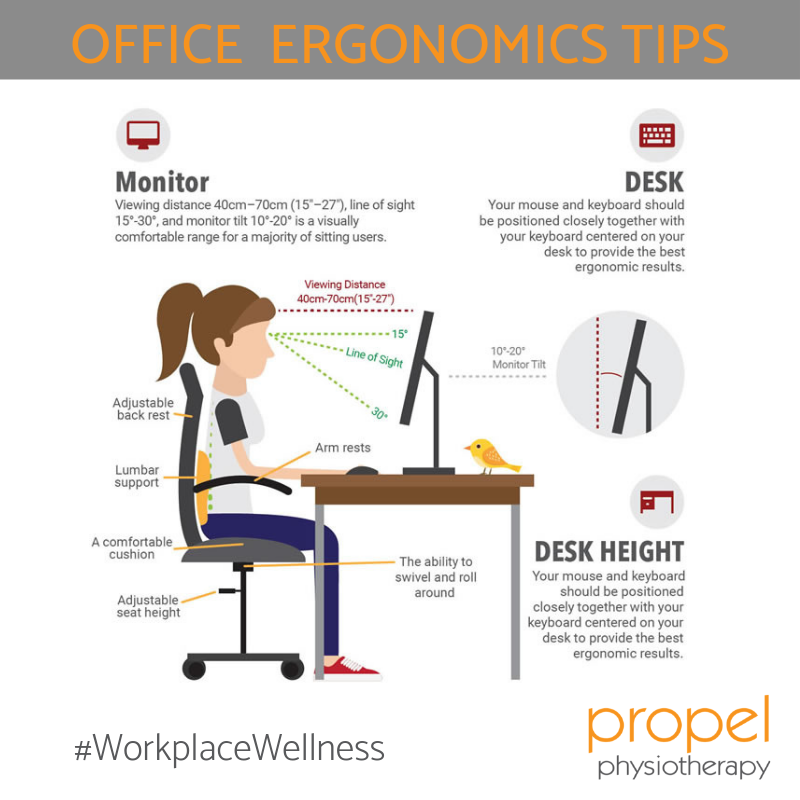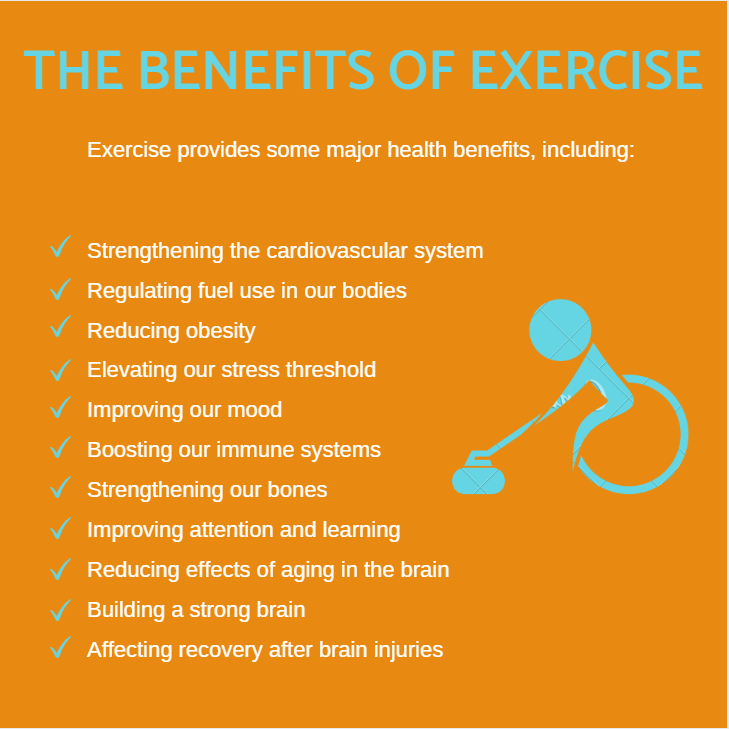The new reality of social distancing is that many of us have to work from home. While some of us may be thriving in this new norm, many of us are feeling negative effects on both our physical and mental health. The good news is that you don’t have to suffer in silence. Learn how to work from home pain-free by taking charge of your health with these steps.
Whether working in an office setting, a health care clinic, a classroom or another work environment prior to Covid-19, working from home has drastically changed how we work, our daily routines and habits, as well as our activity levels.
As I physiotherapist, I was accustomed to using my hands and whole body to provide treatment while being on my feet all day. Physiotherapists work can be physically challenging. From helping a client with physical limitations transfer from a wheelchair to a bed, to mobilizing joints in the body to help restore range of motion and movement.
With lockdown came the switch to providing all my services through virtual rehab. While virtual physiotherapy has proven effective in engaging clients to become more active in their rehab, the role of the physiotherapist—providing online assessments, developing exercise programs and education—has become more sedentary.
Almost immediately, I noticed the changes in my body. First to come were the brain changes. After looking attentively at a computer screen for eight hours, I would step away and notice a fogginess in my head followed by a headache.
The neck strain began next. I was no longer sleeping well at this point. After several days of looking at the screen all day, my neck went into spasms. It was so bad that I was barely able to move it.
After sitting through a 3-day online workshop in front of the screen, I couldn’t bend over without a sharp pain in my lower back.
If any of this sounds familiar to you, it might be time to take some therapeutic advice on how to mitigative the negative effects of sitting for long periods. First, it is important to understand just how dangerous sitting for long periods of time can be.
You may also enjoy reading: Lower Back Pain Treatment
The Physical Effects of Sitting for Prolonged Periods
A growing body of evidence suggests that sitting for long periods can be hazardous to your health. Sitting for long periods of time raises the risk for obesity, diabetes, cardiovascular disease, deep vein thrombosis and metabolic syndrome.[i]
The physiology suggests that when the large muscles are not being used, as in prolonged sitting, levels of blood glucose rise, as well as reduction in the activity of skeletal muscle enzymes that break down fat, leading to cardiovascular risks.[ii]
Typically, the most immediate effect of prolonged sitting and inactivity is pain. As gravity and fatigue take over with prolonged sitting, the alignment of your posture and spine changes leading to tightening and shortening of neck, back and hip musculature that can lead to muscle pain.
As well, over time, anti-gravity muscles that are typically used in standing begin to atrophy leading to a loss in the strength and support in our entire body to keep us upright and mobile.
Mental Effects of Sitting for Prolonged Periods
The mental strain of sitting for long periods at a desk are sometimes not so overt. Exhaustion and cognitive fatigue are real symptoms that can occur when looking at a screen for long periods. This is because the brain requires a lot of energy!
Your brain is constantly attentive and often predicting the visual and auditory images on the screen. This can then lead to feelings of fatigue and difficulty concentrating.
Watching screens for long periods can also affect sleep quality. Some studies suggest that blue light emitted from screens suppresses the secretion of melatonin, a hormone that influences our circadian rhythm or sleep cycle.[iii] This can affect the quality and length of our sleep.
How to Mitigate the Effects of Prolonged Sitting
There are many steps that can be taken to help to mitigate the negative effects of sitting all day. By implementing these tips, you can improve both your physical and mental health.
1. Ergonomic Workstation
A big component is the set up of your work environment. Many people and workplaces included standing desks into their environment. While standing desks help to mitigate some of the muscular tension and fatigue that can result from sitting, they do not help with the negative consequences of decreased activity.
If the height of your desk can’t be changed, try to adjust the height of your chair so that your feet are flat on the floor or on a footrest. The chair should support the natural curve of your spine and have armrests to allow your arms to be supported and shoulders to stay relaxed.
At your desk, the top of your computer screen should be at eye level. This will help to keep your neck in proper alignment throughout the day. Also remember to keep the screen at an arms distance length away from your eyes and use a headset when possible. This helps to minimize the strain on your senses and to limit cognitive fatigue.

You may also enjoy reading: Workplace Wellness Programs Increase Productivity
2. Regular Exercise
There is no substitution for the benefits of regular physical activity such as walking, running or biking. Evidence has suggested that exercise may reduce the harmful effects of sitting. In a longitudinal study published in the Journal of the American College of Cardiology, evidence showed that moderate to vigorous physical activity effectively attenuate or eliminate the negative association between inactivity and morbidity.[iv]

This exercise can even be done at home using online classes or videos. Propel Physiotherapy offers online individual exercise classes, and yoga therapy classes. Check out our socials for more details. Our classes and programs can be tailored to your individual needs and schedule.
You may also enjoy reading: The Benefits of Regular Exercise
3. Stretch
Setting a timer or periodically taking breaks to stretch. Try to get up from your desk and move around at least once every 45 minutes to see the greatest benefits.
You can join registered physiotherapist Hoong Phang in this 5-minute office stretch break 1-3 times a day. In it, he provides some movements, stretches and mobilizations using a top-down approach. If you are an office worker who sits behind a laptop or computer for 8-10 hours a day, or you often feel neck and total body soreness at the end of the day, this is a great wellness solution for you.
4. Hydrate and Nourish
Working indoors in an airconditioned environment can leave your body dehydrated. Having a water bottle close by and drinking throughout the day will help keep you well hydrated.
Have healthy snacks ready and close to your desk throughout the day. This can help decrease the number of trips to the kitchen and any temptation to eat unhealthy food. Hydrating and getting proper nourishment are important parts to keeping you healthy throughout your work day.
Get the Help You Need to Succeed at WFH
At Propel Physiotherapy, our trained therapists can help keep you healthy and pain free during your workday. Our therapists are trained in workplace ergonomics to help set up your office/home work station to promote an optimal postural alignment and to minimize pain and fatigue. Our clinicians can also help treat any pain or dysfunction, and to give you the education and tools to prevent recurrence of injuries in the future.
Our clinics are now open for in-person treatment. We also provide physiotherapy and integrated healthcare services virtually and in the community (at home).
Written by









